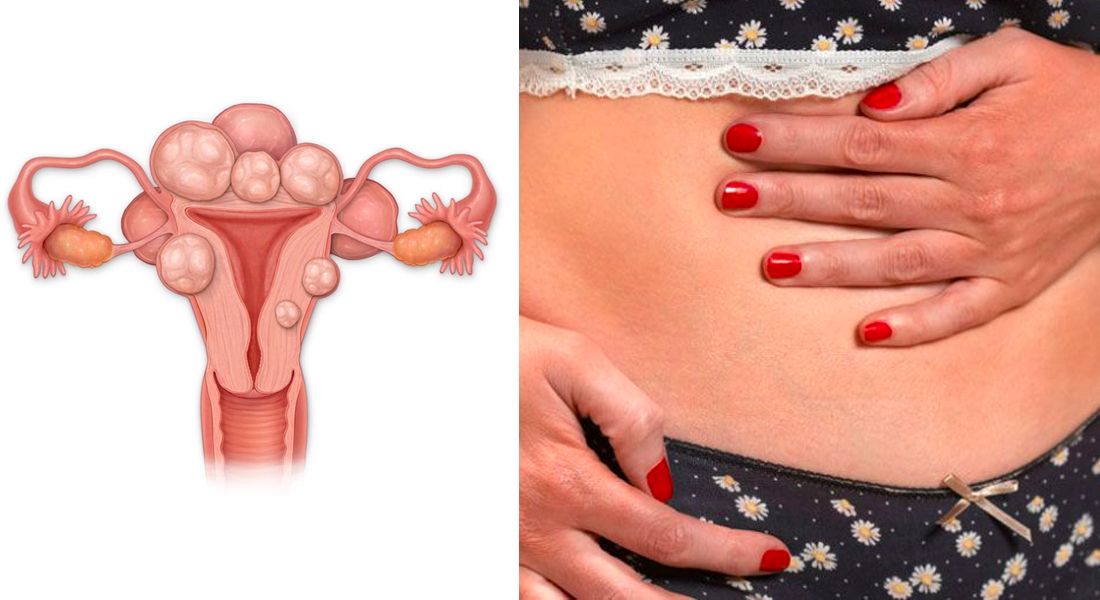Gom Mirian
Nordica Fibroids Care Centre has conducted a training session for medical professionals in Kano on non-invasive treatment method for fibroids.
This came as the centre announced the successful completion of 392 fibroid procedures in two years, using the cutting-edge High-Intensity Focused Ultrasound (HIFU) technology.
During the training session held in Kano, the Managing Director of Nordica Fibroids Care Centre, Dr. Abayomi Ajayi, expressed immense satisfaction with the achievements of the Lagos-based facility.
He stressed that the hospital is currently the only HIFU centre in West Africa, joining the ranks of South Africa and Egypt in offering this breakthrough procedure.
Fibroids, non-cancerous tumours that develop in the uterus, affect a significant number of women worldwide. Traditionally, the treatment for fibroids involved invasive procedures such as surgery. However, the HIFU technology utilised by Nordica Fibroids Care Centre provides a non-invasive alternative.
HIFU technology utilises ultrasound waves that are targeted at the fibroid to destroy it while leaving surrounding healthy tissues unharmed. This technique offers numerous advantages over traditional surgical methods, including reduced recovery time, minimal scarring, and a lower risk of complications.
Dr. Ajayi noted that 70 to 80 per cent of women below age 50 may develop benign uterine lumps, which though sometimes symptomless, could present associated problems including heavy bleeding and pelvic pain.
He said: “It is necessary to undergo Magnetic Resonance Imaging (MRI) before the surgery is done and that the journey begins with an ordinary scan.
According to him, “The treatment of fibroid has transcended from very invasive, to minimally invasive. The cause of fibroid is not sure but hormones and genetics may play a part. The risk factors for uterine fibroids include age, race, getting your period at a very young age, birth control use, being overweight and other factors.
“Many women are asymptomatic but can be diagnosed through incidental finding and other symptoms, including heavy menstrual bleeding, pelvic pain and prolonged menstrual periods.”



